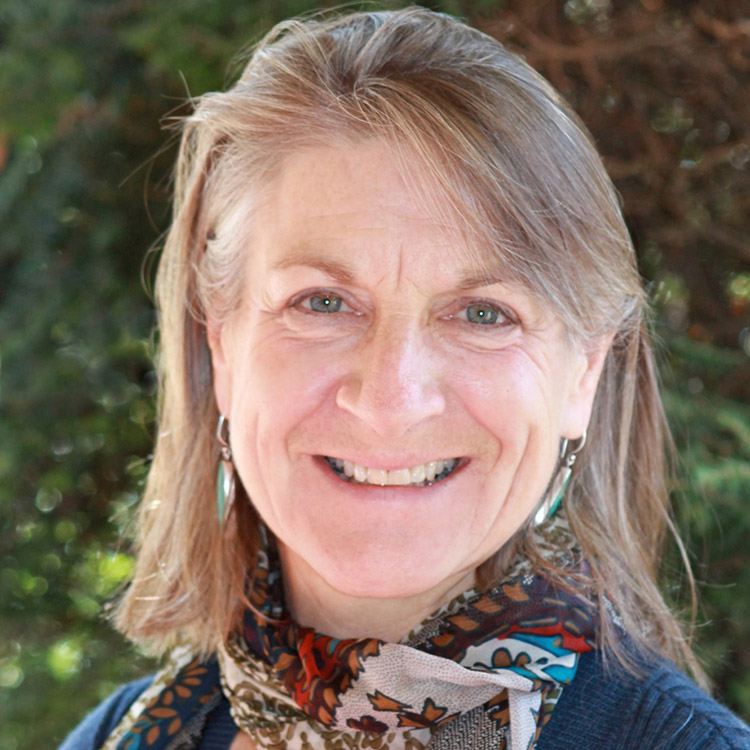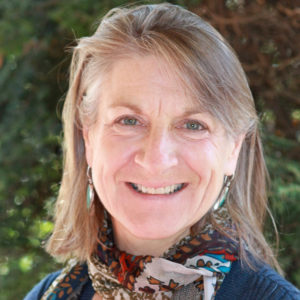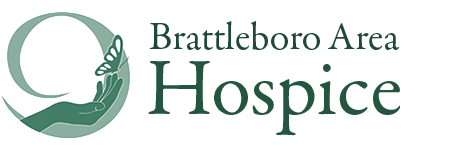
29 Oct The Full Monty of Our Attention
by Patty Dunn, Hospice Program Coordinator
“I have been haunted by the worry that many people underestimate and misunderstand the value of simple human attention. I mean the kind of attention where the rest of the world around you melts away and it’s just you and that other person. The kind of attention where you can feel another person’s listening, care, and curiosity—and for the time you are together, you truly matter.”
I have heard many people name the widespread cultural grief we are swimming in during this pandemic—and all the losses that birthed it: loss of health, loved ones, coworkers, friends, jobs, financial & food security, housing, certainty, confidence, mental and emotional stability, future plans, freedom, a sense of safety, social connections, control (which we probably never really had) and layers of support.
Support. I have come to realize the support and delight I derive from things I haven’t thought too much about: neighbors & friends popping by, spontaneous social plans, catching up with someone you run into at the post office, farmer’s market, church or grocery store. And we are grieving the loss of the sweet and profound ways we have come to know about saying goodbye, commemorating endings and new beginnings–like funerals, graduations, birth rituals, weddings, and so on. We have felt the grief of missing people dear to us who live too far away. We have felt the ache of longing for things we didn’t realize mattered—like feeling the energetic presence of someone when they are looking you in the eye or holding your hand, or hearing laughter wafting down the halls at your now empty workplace, or the felt sense of sitting with people in the same room—which feels different than the one dimensional experience of Zoom or Facetime.
And grief has found a seemingly self-protective and easy outlet of defense against our vulnerability: crankiness, criticism, judgment, intolerance, resentment, anger, hostility, righteousness, and all the other ways we find to feel momentarily strong and untouchable when we are secretly drowning in helplessness and uncertainty.
We have also felt relief, and sometimes refuge. Schedules and agendas thinned out, meetings got shorter, priorities rose to the surface, birdsongs filled the air, pollution & traffic diminished, things got simpler despite our new complicated reality, and our creativity found room to breathe.
I had a surprising interaction recently with a staff person at a local care home which got me thinking— and worrying. It made sense to many of us that during the pandemic shutdown, care homes restricted outside visitors to reduce the spread of the COVID-19 infection. We are aware of how vulnerable elders are to infections, especially this one.
In Vermont, the 1st notorious outbreak occurred in a nursing home in Burlington. It was sobering news that hit close to home to people in this small State. I understood what I imagined were impossible decisions made by care home administrators who felt they had to take stringent precautions to prevent an outbreak in their facilities. How do you decide to protect residents by limiting their access to their loved ones and friends knowing that the isolation might be equally, but differently, devastating? The heartache of such a dilemma was palpable. I was aware of family members’ worries, residents’ loneliness and isolation, care home staff’s overworked and frayed nerves, and everyone’s sadness. It seemed that many of us felt uncertain about how to do this—so we settled for safety in the face of mounting fear.
One of our hospice volunteers, prior to the shutdown, visited a woman with advanced dementia at a local care home. The resident, who I will call Sally, and the volunteer, who I will call Nel, are both artists. Initially when I matched them, I was operating on faith that they both “spoke” a certain familiar and common language. Both are painters. Nel and Sally forged an instant and easy rapport. Nel understood dementia and seemed comfortable entering into Sally’s world as it was. With keen awareness, Nel would size up whatever was going on when she arrived for her visit and then seamlessly join in. Their effortless interactions naturally meandered in and out of conversation.
Nel was curious. She engaged Sally in conversations about whatever she noticed in their immediate surroundings. She brought books about art that they perused together. Art became their medium for communication and connection. The artist in Sally was very much alive–she expressed feelings, thoughts, and observations about various forms of art showcased in the books. Her lexicon of form, color, light, technique, and materials were readily retrievable. And so were her opinions—her likes and dislikes were unambiguous. Nel believed that Sally didn’t remember who she was from week to week, but it didn’t seem to matter to either of them. Seemingly aware of their kindred artist spirits, they settled into the moment and wherever it took them.
When the shutdown was lifted Nel asked if she could resume outdoor in-person visits with Sally. She requested that in addition to asking the care home staff, I also obtain permission from Sally’s family. Since visitations at the care home were curtailed, she didn’t want to impinge on their limited family time together. I was surprised by the response from the care home staff. The care team discussed my request and concluded that there would be no benefit to Nel’s visits because Sally would not remember her. They believed it would be too awkward. My attempt to tout the benefits of the wholehearted attention offered by Nel that says “I care, I’m genuinely interested in you, and all the matters is this moment together”, were unsuccessful.
In my experience, for people who have lost their memories, the quality of their lives is defined by the quality of their present moments. My hospice work has shown me this truth: one does not need to remember the moment to experience and retain the gift they receive from it. Amidst the deserted and stark landscape of the pandemic, this simple human gift has never seemed more important.
Shortly after receiving this message from the care home, I spoke to Sally’s son. He was enthusiastically supportive and grateful—he understood the nature of Nel and Sally’s relationship and its significance in her life at the care home. When I asked him how he wanted to proceed, he said, with deep disappointment, that we should let it go. He did not want to rock the boat. He and his family were grateful for the care Sally was receiving, which he mentioned was far superior to the last place she had resided. I sadly conceded.
Ever since then I have been haunted by the worry that many people underestimate and misunderstand the value of simple human attention. I mean the kind of attention where the rest of the world around you melts away and it’s just you and that other person. The kind of attention where you can feel another person’s caring, listening, and curiosity—and for the time you are together, you are lost in the moment. I believe, despite our cognitive abilities, we have the capacity on other levels (emotional, spiritual, energetic, etc.) to perceive and receive the benefit of another person’s full, attentive presence, awareness and the propensity for connection.
I worry about people with dementia. Since they can’t always connect in ways that are typical and familiar to us, our natural discomfort around them may cause us to distance ourselves from them. In my experience, despite their outward presentation, people with dementia, especially advanced, are in there. Their essential humanness is not lost–it is alive. The documentary film, Alive Inside, is a beautiful testament to this truth. It demonstrates the power of music to reach our deep, inner aliveness and humanity.
I’ve learned that our ability to connect with these hidden parts begins with, as the British slang goes, the full monty of our attention. Though it’s natural to assume that we cannot connect in a meaningful way with people with advanced dementia, communication deficits, or even those who are dying and comatose, I have felt over and over the mysterious and inexplicable possibilities for human connection until, and beyond, one’s last breath.

